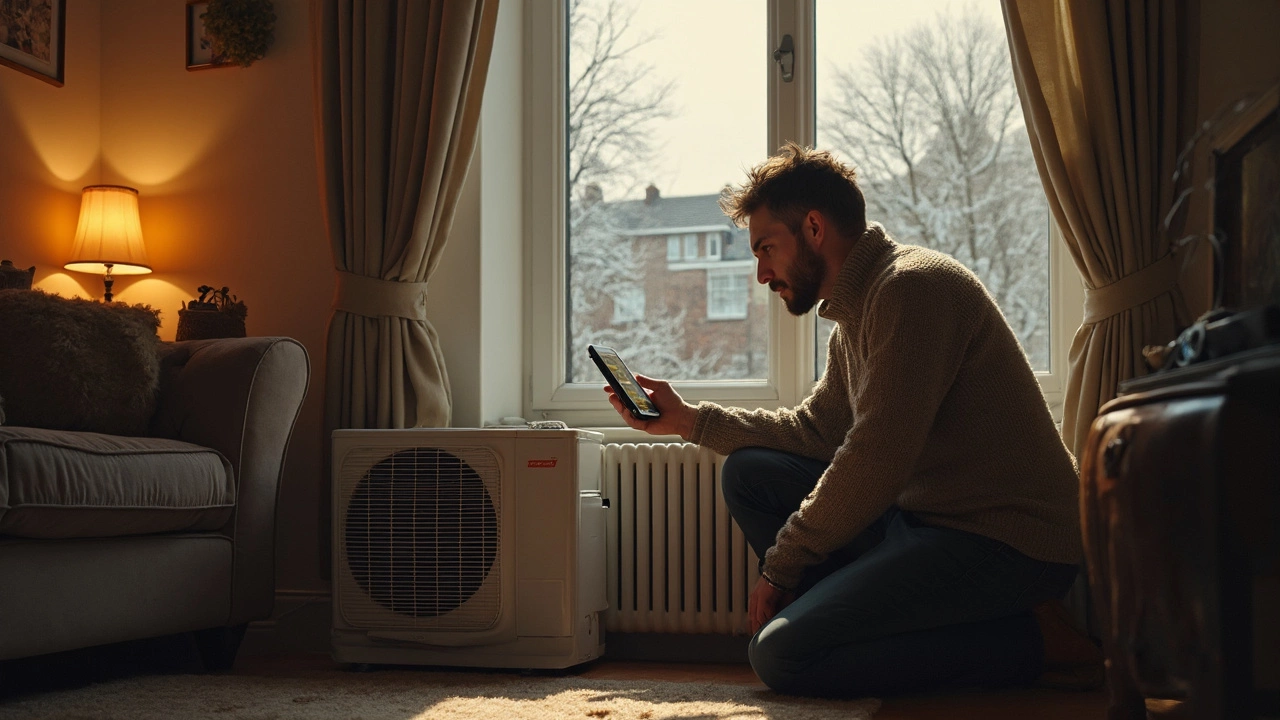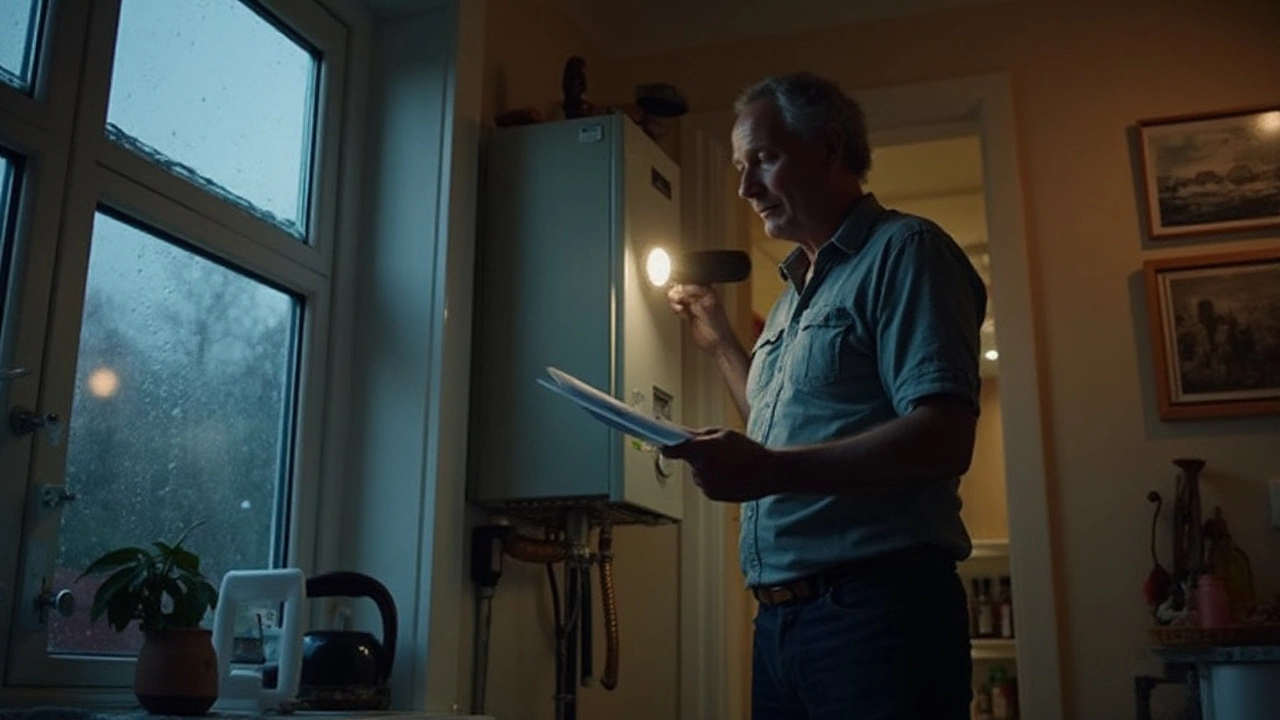Appliance Troubleshooting Made Simple
Got a noisy dishwasher, a cold shower, or an oven that won’t heat? Before you pick up the phone, try a few quick checks. Most everyday faults have obvious clues, and a little DIY know‑how can save you time and money.
Start with the Basics: Power and Settings
The first thing to do is verify that the appliance is actually getting power. Plug it into a different socket or test the socket with a lamp. A tripped breaker or a blown fuse is a common culprit, especially after a surge.
Next, look at the settings. A washer left on a delicate cycle might not spin fast enough, and an oven set to “warm” won’t bake. Make sure dials, buttons, and digital menus match the task you expect.
Spot the Signs: What Each Symptom Means
Water heater keeps resetting – This usually points to a faulty thermostat or a buildup of sediment. Try flushing the tank and checking the temperature setting. If the reset button pops again, it’s time to call a specialist.
Microwave stops heating – A blown fuse is the most common reason. Unplug the unit, remove the outer panel (make sure it’s unplugged!), locate the fuse, and replace it with the same rating. If the microwave still won’t heat, the magnetron may be bad and needs professional attention.
Oven won’t heat – Look for error codes on the display; many models show a “F” or “E” code that tells you which part is failing. A cracked heating element or a faulty door latch can stop heat from reaching the interior. Simple visual checks often reveal broken wires or burnt spots.
Extractor fan makes a grinding noise – The motor likely needs cleaning or lubrication. Remove the fan cover, wipe away grease, and spin the motor by hand. If it feels gritty, a few drops of oil can smooth it out. Persistent grinding may mean the motor bearings are worn and need replacement.
Washing machine leaks – Check hoses for cracks and tighten any loose clamps. A worn door seal or a clogged drain pump can also cause water to escape. Running a short cycle with the door open (if safe) can help you spot where the water is coming from.
These symptom checks give you a clear direction. If a simple fix doesn’t work, note the exact behavior and any error codes – that information makes it easier for a repair technician to diagnose the problem.
Remember, safety comes first. Always unplug the appliance before opening panels, and never attempt repairs that involve gas, high voltage, or sealed refrigerant systems unless you’re certified. When in doubt, call Glastonbury Appliance Repair Services. Our local techs know the common pitfalls and can get your appliances back to work without unnecessary parts swaps.
By running through these quick steps, you’ll often solve the issue yourself or at least give the pro a solid head start. Keep this guide handy, and the next time something goes wrong, you’ll know exactly where to look.

Heat Pump Malfunction: How to Spot the Signs Early
Ever wonder if your heat pump is acting up? This article breaks down clear, real-world signs your heat pump might be malfunctioning. You’ll learn what normal operation looks like, common trouble signals, and practical tips to spot issues before they get out of hand. Stay ahead on comfort and avoid surprise breakdowns with simple checks anyone can do. If you want fewer repair bills and a toasty home, this is a must-read guide.

Common Causes of No Hot Water: Quick Fixes and Preventive Tips
Discover why your hot water isn't working with the most common causes, from faulty thermostats to tripped breakers. Gain insights into troubleshooting tips and preventive measures that help ensure consistent hot water supply in your home. Learn practical ways to address these issues effectively and keep your water heater in top shape.

Troubleshooting Your Water Heater: First Checks for No Hot Water
Experiencing a sudden loss of hot water can be both inconvenient and frustrating. Before you call in a professional, there are several basic checks you can perform to potentially identify and resolve the issue yourself. Understanding your water heater system and knowing where to look for common problems can save time and money. This article breaks down the crucial first steps in diagnosing a no-hot-water scenario, including inspecting power sources and simple settings.